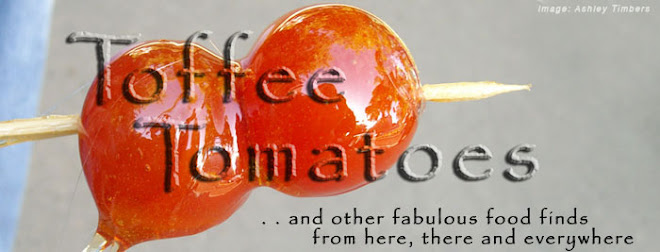
When most of us think about ham we immediately know where it comes from. Right?
Wrong!
‘Ham is a process,’ I am told by Glenn Martin at the recent Restaurant 10 Exhibition at Moore Park, Sydney. ‘Almost any meat can become “ham”.’
Martin works with Seven Hills Tallarook, a Victorian breeder of Australian Boer goats and a purveyor of goat meat, and he should know.
I tasted the Seven Hills chorizo sausage, one of the range of smallgoods supplied by this firm and it was really good. Not too spicy, with a beautiful rich flavour. It cut well and the pack I bought did us very nicely in a paella later that week.
Goat meat may be referred to as cabrito when it is from kids, and chevon from older goats. The meat from these fine-looking Boer goats, which originated in Africa, is also used to make ham which is sold whole or sliced in packs. There is also a variety of meat cuts available online. Seven Hills also have Arabian goat sausages and Mediterranean goat sausages.
So what does goat ham taste like?
It has a slightly more meaty flavour, but the texture is so much like ham you would not really pick it as from another animal. And of course it can stand in for regular ham in any way you would normally serve it. It’s also a useful alternative for those who cannot or will not eat pork products.
Goats are raised and their meat is eaten in many countries worldwide. It is lower in total fat, saturated fat, calories and cholesterol than traditional meats, higher values in iron, potassium, and thiamine together with less sodium. Chevon is usually around five percent fat, 50 percent less fat than beef, 45 percent less fat than lamb. By comparison, kangaroo has about two percent fat.
More details www.sevenhillstallarook.com.au











